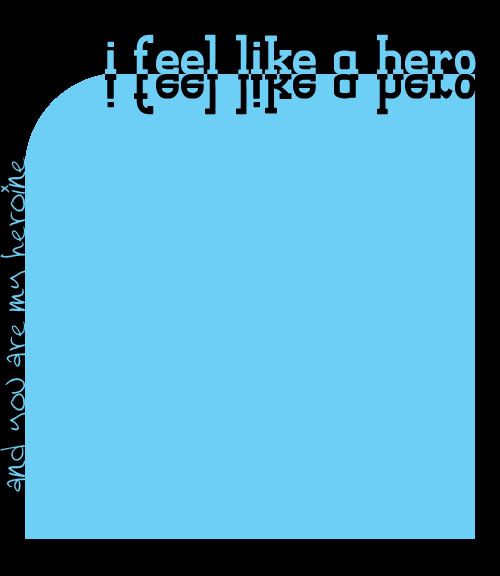The following blog post is an excerpt from the book Royal Road to Card Magic.
Modern magic is a most entrancing pursuit, whether followed as a vocation or a hobby. One need only attend a national convention of the Society of Ameriacan Magicians or the International Brotherhood of Magicians to learn that conjuring is an art to which its devotees, both amatuer and professional, apply themselves with rare enthusiasm. In return for their expenditure of time and efforts, they reap the apparently ample reward of being able to entertain thei friends, their business associates, or the general public by catching coins in the air, causing chosen cards to rise solemnly from the pack, reading the minds of spectators, and engaging in other harmless bits of deception. It should be added that the satisfaction experienced by the magician in baffling his audience seems to be matched of that the spectators; for in conjuring that is frankly nothing more than entertainment,
"Doubtless the pleasure is as great,
Of being cheated as to cheat."
as a seventeenth century poet once said.
There are many branches of magic, but none likely to be more rewarding to the amatuer - for whom primarily the present book was written - than magic with cards. Card tricks may, in general, be performed wherever and whenever the card conjurer, an audience, and a pak of cards come together. Card tricks are, in many instances, utterly dumbfounding to the uninitiated; and they give the impression of demanding great skill on the part of the magician.
Many years ago, David Devant, the great English conjurer, was approached by an acquaintance new to sleight-of-hand with cards. "Mr. Devant," said this young man, "I know about three hundred tricks with cards. How many do you know ?" Devant glanced at the youth quizzically. "I should say," the magician responded drily, "that I know about eight."
Devant was making a point with which all professional magicians are familiar. To perform card tricks entertainingly you must not only know how the tricks are done, but how to do them. There is a vast difference between the two, and if proof were needed, one need only watch the same feat performed performed by a novice and by an expert card conjurer. The novice knows the mechanics of so many tricks that he cannot do any one feat really well; the professional performs a smaller number of tricks which he knows how to present in such a way as to create the greatest possible impression upon those who watch.
We cannot emphasize too strongly that knowing the secret of the trick is not the same as knowing how to perform the trick; and that knowing the secret of hundreds of tricks is of little value unless each can be performed smoothly and entertainingly. It is far better to know only a few tricks which can be performed with grace, skill and effect.
